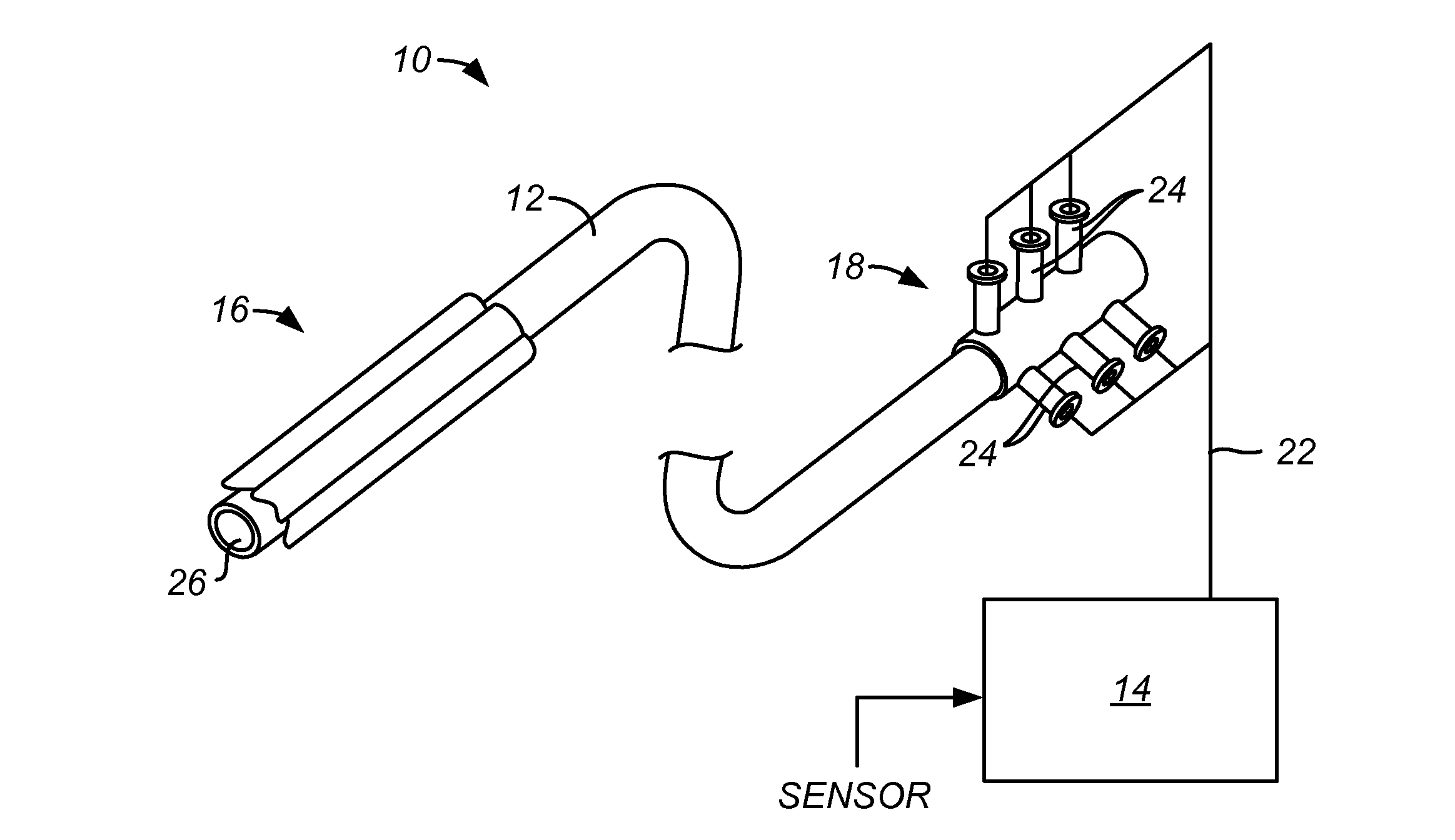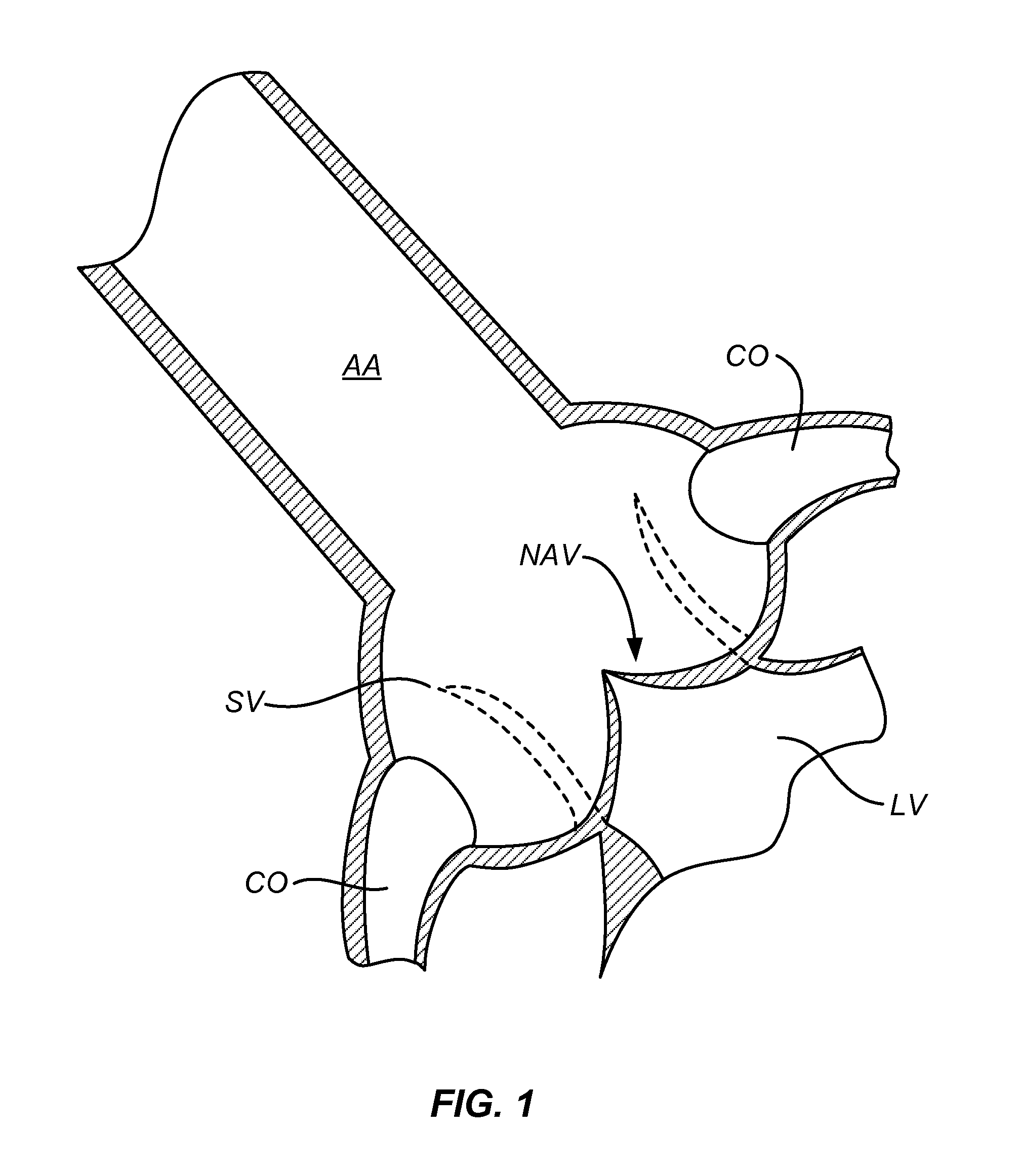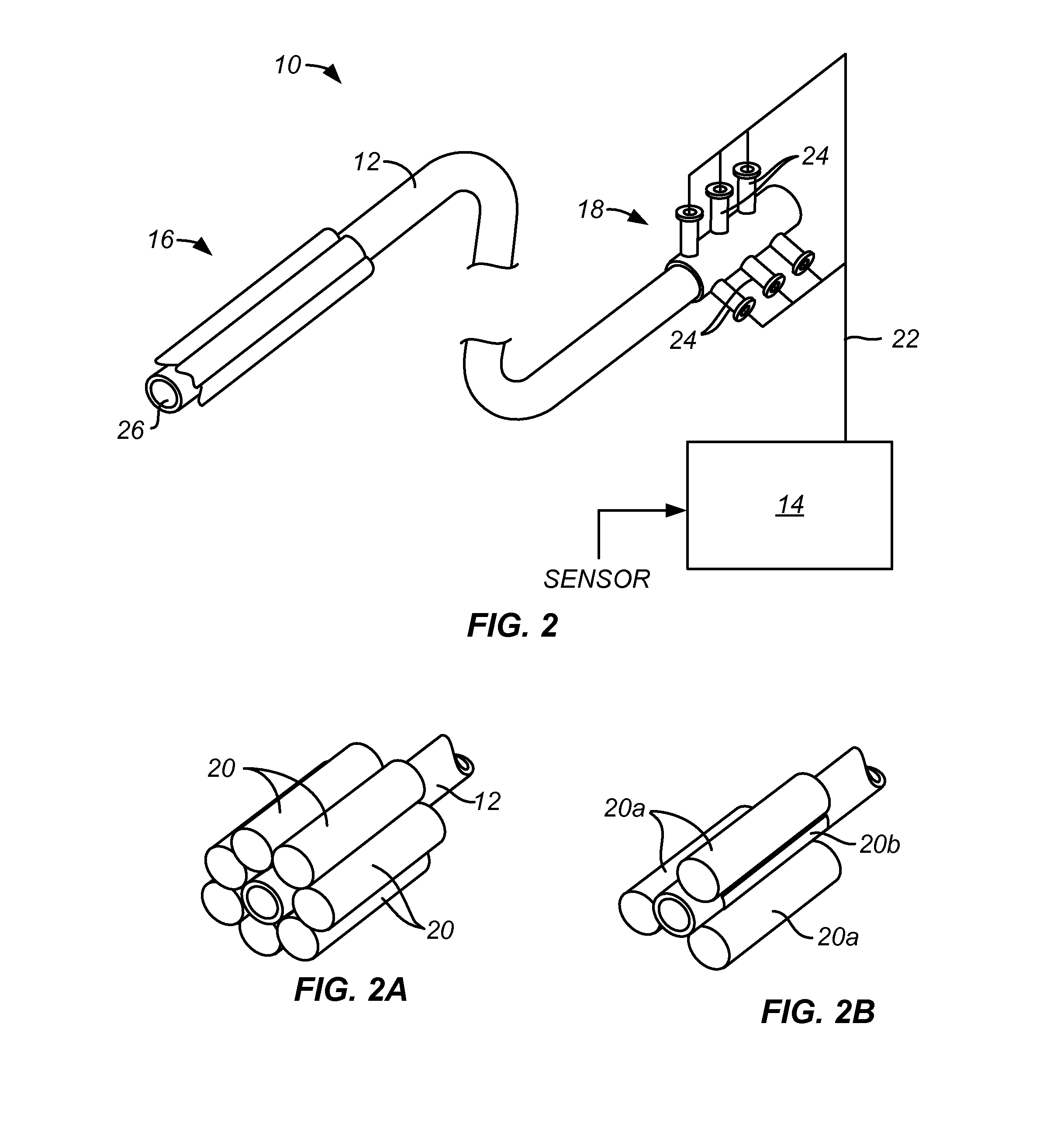Method and system for balloon counterpulsation during aortic valve replacement
a technology for aortic valves and balloons, applied in the field of medical devices and methods, can solve problems such as harming patients, achieve the effects of reducing the percentage of occlusion of the aortic lumen, limiting regurgitation, and maximizing the occlusion of the aortic luminal occlusion
- Summary
- Abstract
- Description
- Claims
- Application Information
AI Technical Summary
Benefits of technology
Problems solved by technology
Method used
Image
Examples
Embodiment Construction
[0033]A native aortic valve (NAV) is illustrated in FIG. 1. The native aortic valve is positioned just below the ascending aorta (AA) and the Sinus of Valsalva (SV). Coronary ostia (CO) branch off from the Sinus of Valsalva and provide perfusion to coronary arteries which feed the heart muscle (not illustrated). Beneath the native aortic valve is the left ventricle, and the aortic valve is closed during diastole (as shown in full line in FIG. 1) and opens during systole (shown in broken line in FIG. 1) when the left ventricle contracts and ejects blood from the ventricle into the aorta.
[0034]Referring to FIG. 2, a system 10 for regulating aortic regurgitation according to the present invention comprises a temporary aortic valve (TAV), catheter 12 and a controller 14. The catheter 12 has a balloon structure 16 at or near its distal end and an inflation hub 18 at or near its proximal end. In the illustrated embodiment, the balloon structure 16 includes six identical cylindrical balloo...
PUM
 Login to View More
Login to View More Abstract
Description
Claims
Application Information
 Login to View More
Login to View More - R&D
- Intellectual Property
- Life Sciences
- Materials
- Tech Scout
- Unparalleled Data Quality
- Higher Quality Content
- 60% Fewer Hallucinations
Browse by: Latest US Patents, China's latest patents, Technical Efficacy Thesaurus, Application Domain, Technology Topic, Popular Technical Reports.
© 2025 PatSnap. All rights reserved.Legal|Privacy policy|Modern Slavery Act Transparency Statement|Sitemap|About US| Contact US: help@patsnap.com



